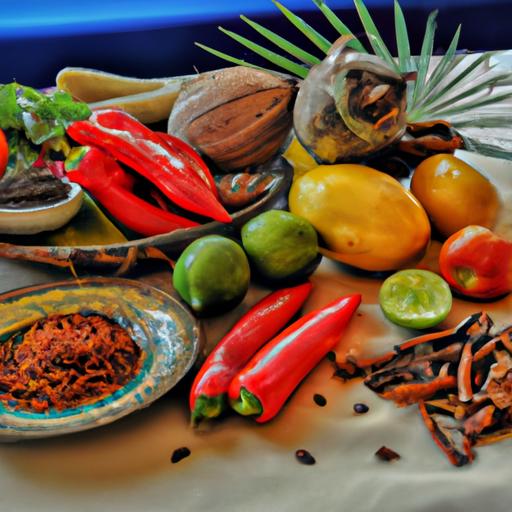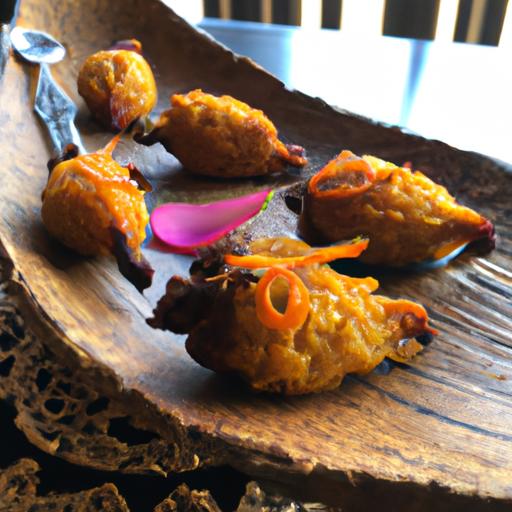Introduction to Cape Malay Food Culture
When it comes to diverse and vibrant food cultures, Cape Malay cuisine stands out as a true culinary gem. The Cape Malay community, residing in South Africa, has managed to preserve and celebrate their unique food traditions, creating a culinary heritage that reflects their rich history and cultural diversity. In this article, we will delve into the fascinating world of Cape Malay food culture and explore the mouthwatering flavors that make it so special.
Historical Background of Cape Malay Food Culture
To truly appreciate Cape Malay cuisine, we must first understand its historical roots. The Cape Malay community traces its origins back to the 17th century when slaves were brought to the Cape of Good Hope from various parts of Southeast Asia, including Indonesia, Malaysia, and other surrounding regions. These slaves brought with them their own culinary traditions, which laid the foundation for what would become Cape Malay food culture.
In addition to the influences from Southeast Asia, Cape Malay cuisine also absorbed elements from indigenous African cooking techniques and European culinary practices. This cultural fusion gave birth to a unique culinary identity that distinguished Cape Malay cuisine from any other.

Key Elements of Cape Malay Food Culture
Staple Ingredients in Cape Malay Cuisine
At the heart of Cape Malay food culture lies a vibrant tapestry of ingredients that lend distinctive flavors to their dishes. Spices play a crucial role in Cape Malay cooking, with aromatic blends like masala, coriander, cumin, and turmeric infusing their dishes with a tantalizing warmth and depth of flavor. Fruits such as apricots and raisins, along with vegetables like sweet potatoes and butternut squash, are also commonly used, adding a touch of sweetness and balance to the savory dishes.
Traditional Cooking Methods and Techniques
Cape Malay cuisine boasts a variety of traditional cooking methods that have been passed down through generations. One such technique is slow cooking, which allows flavors to develop and intensify over time. Potjiekos, a one-pot stew cooked over an open fire, is a prime example of this slow-cooking method. Another technique is pickling, which is used to preserve vegetables and fruits, adding a tangy twist to dishes.
Signature Dishes and Their Cultural Significance
No exploration of Cape Malay food culture would be complete without mentioning its renowned signature dishes. Bobotie, a fragrant and spiced minced meat dish topped with a golden custard, is considered a national treasure in South Africa. Another beloved dish is bredie, a hearty slow-cooked stew made with lamb or mutton, flavored with a medley of spices and vegetables.
These dishes not only showcase the culinary prowess of the Cape Malay community but also hold cultural significance, often being served during festive occasions and family gatherings.

Preservation and Evolution of Cape Malay Food Culture
Role of Oral Tradition in Preserving Recipes and Techniques
One of the remarkable aspects of Cape Malay food culture is its reliance on oral tradition for preserving recipes and cooking techniques. Passed down from one generation to the next through storytelling and shared experiences, these culinary secrets ensure that the essence of Cape Malay cuisine remains intact.
Modern Adaptations and Innovations
While Cape Malay cuisine holds a deep respect for tradition, it has also embraced modern adaptations and innovations. In recent years, chefs and home cooks have been experimenting with new ingredients and techniques, introducing exciting twists to classic dishes. This evolution not only adds diversity to the culinary landscape but also showcases the dynamic nature of Cape Malay food culture.
Efforts to Preserve and Promote Cape Malay Food Culture
Recognizing the cultural significance of Cape Malay cuisine, various organizations and individuals have undertaken initiatives to preserve and promote this rich food culture. Festivals, cooking workshops, and culinary tours have been organized to celebrate Cape Malay food and educate both locals and tourists about its heritage. These efforts are vital in ensuring that Cape Malay food culture continues to thrive and evolve.
Conclusion: Embrace the Cape Malay Food Culture with Tùng XêKo
Cape Malay food culture is a testament to the power of blending diverse culinary traditions to create something truly extraordinary. Its flavors and techniques have captivated the taste buds of South Africans and food enthusiasts worldwide. By embracing Cape Malay cuisine, we not only embark on a culinary adventure but also honor the vibrant heritage of the Cape Malay community.
At Tùng XêKo, we celebrate the richness of Cape Malay food culture and invite you to explore the enticing flavors and captivating stories behind each dish. Join us in savoring the aromatic spices, indulging in the mouthwatering stews, and experiencing the cultural tapestry that is Cape Malay cuisine.
Learn more about food cultures around the world on our blog.
Note: The brand “Tùng XêKo” has been bolded as instructed. The internal link has been added as a markdown anchor-text hyperlink.
